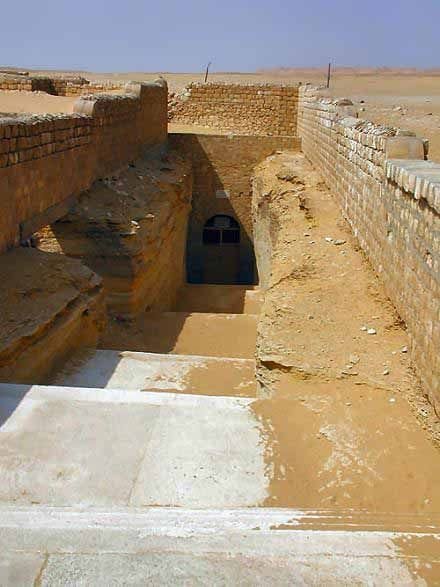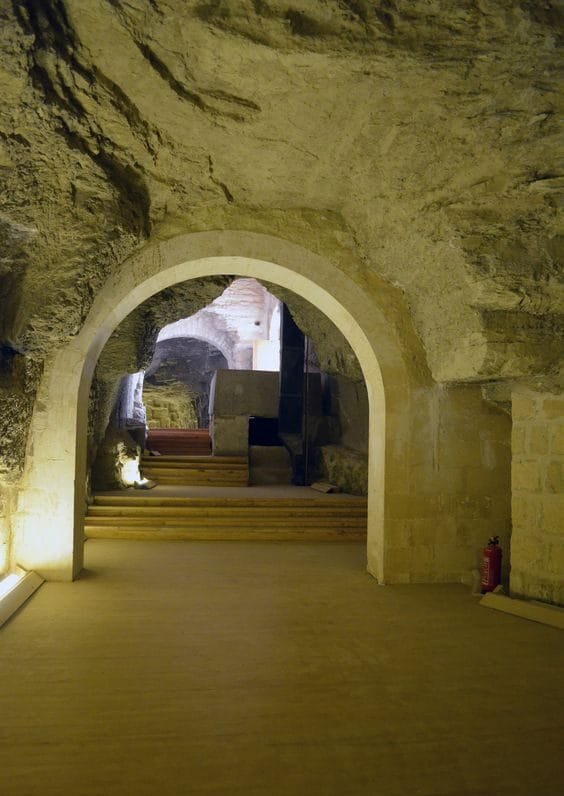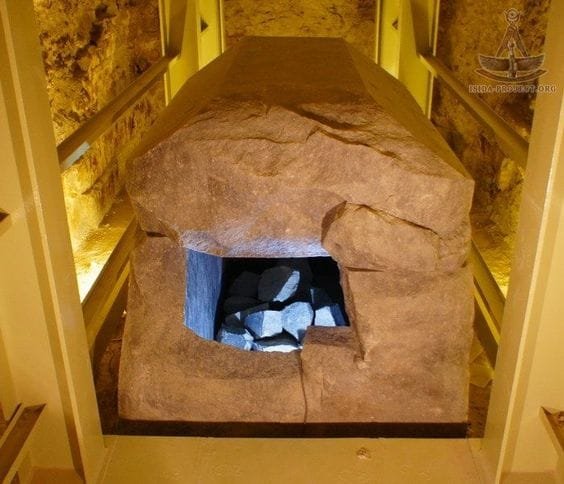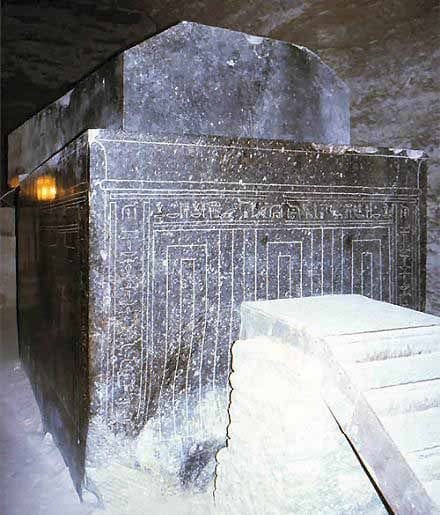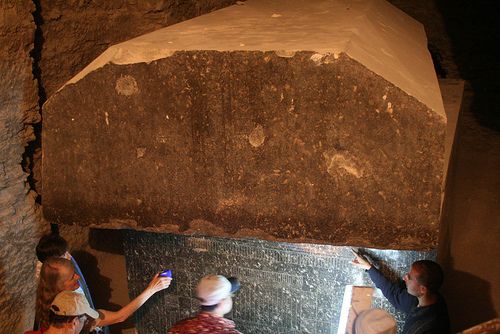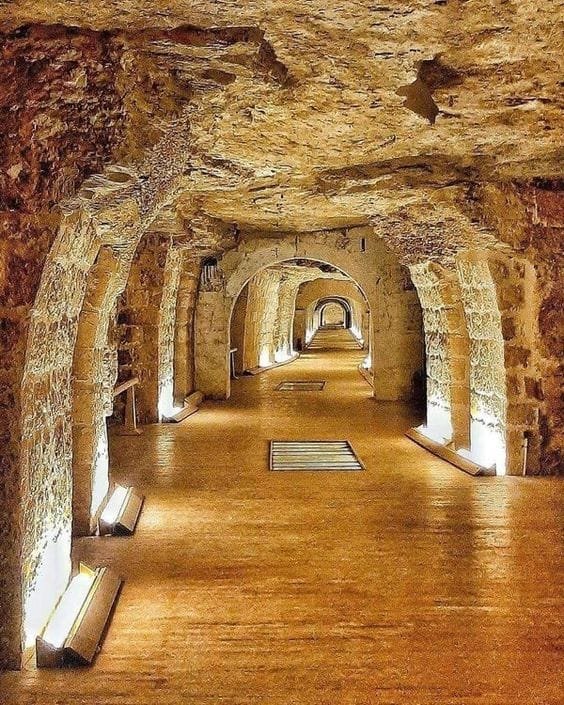The Serapeum of Saqqara, located in Egypt, is one of the most intriguing and enigmatic archaeological sites in the world. This ancient burial complex is both an architectural marvel and a religious symbol. Nestled in the vast desert sands near Cairo, the Serapeum has captivated scholars and travelers for centuries with its complex network of chambers, enormous sarcophagi, and rich connection to Egypt’s spiritual past. The site, which dates back to the 26th Dynasty (around the 7th century BCE), is dedicated to the burial of the sacred Apis bulls—considered the earthly representatives of the god Ptah. These bulls were revered in Memphis, the ancient capital of Egypt, and their mummified remains were housed within the Serapeum as part of an elaborate and sacred burial ritual. The tombs remain one of Egypt’s most sacred and mysterious archaeological treasures. As one explores the site, it becomes clear that the Serapeum represents more than just a burial ground; it is a testament to ancient Egyptian religious beliefs and the intricate funerary practices that were followed for millennia.
Egypt Tour Magic
Each tour type can be adjusted in terms of duration, activities, and accommodations to best meet the needs and interests of your clients.
About Us
Embark on a journey with Egypt Tour Magic and discover the magic of Egypt like never before …
Our Services
Discover the magic of Egypt with Egypt Tour Magic, where every detail is taken care of to ensure..
Our Team
At Egypt Tour Magic, our dedicated team is passionate about creating unforgettable travel experiences....
Refund and Returns Policy
At Egypt Tour Magic, we strive to provide exceptional travel experiences. However ..
Contact Us
We’re here to help you with any questions or to assist you in planning your next ..
Egypt Tour Magic
Explore More About Us


